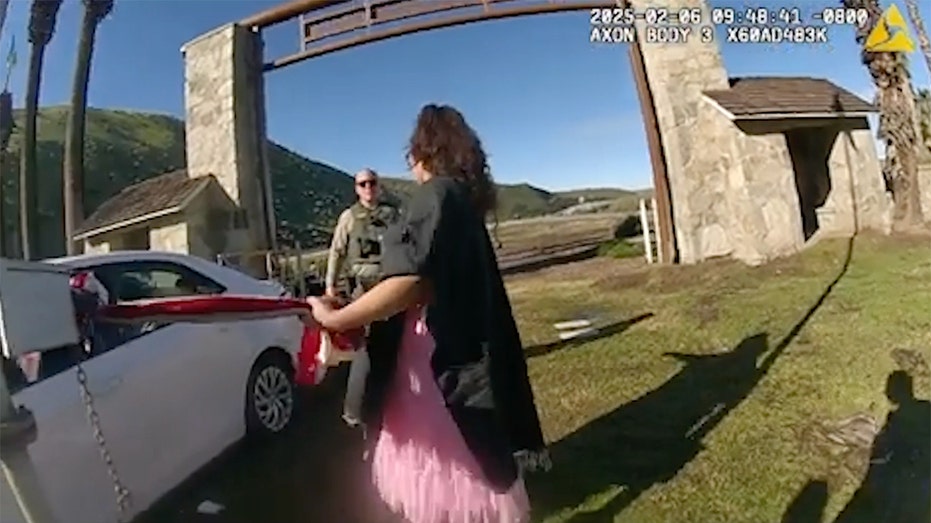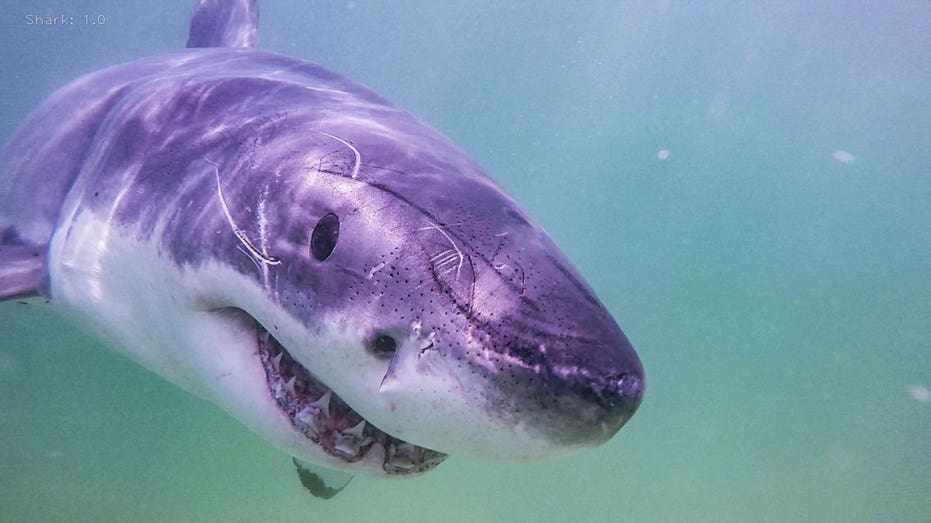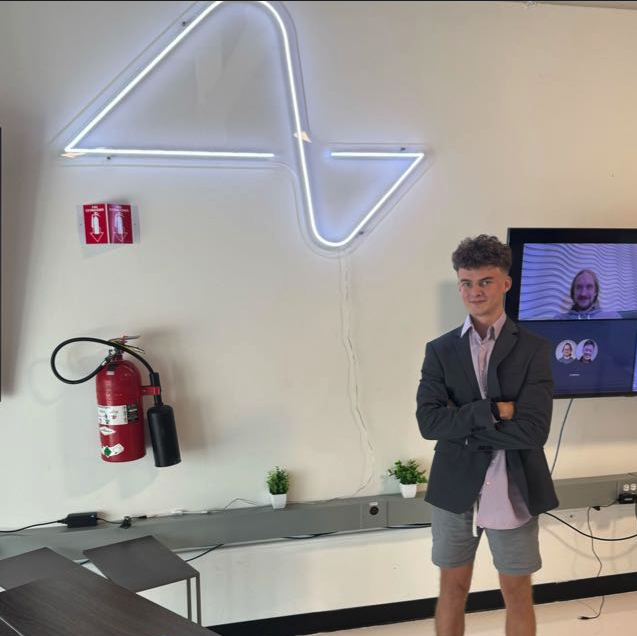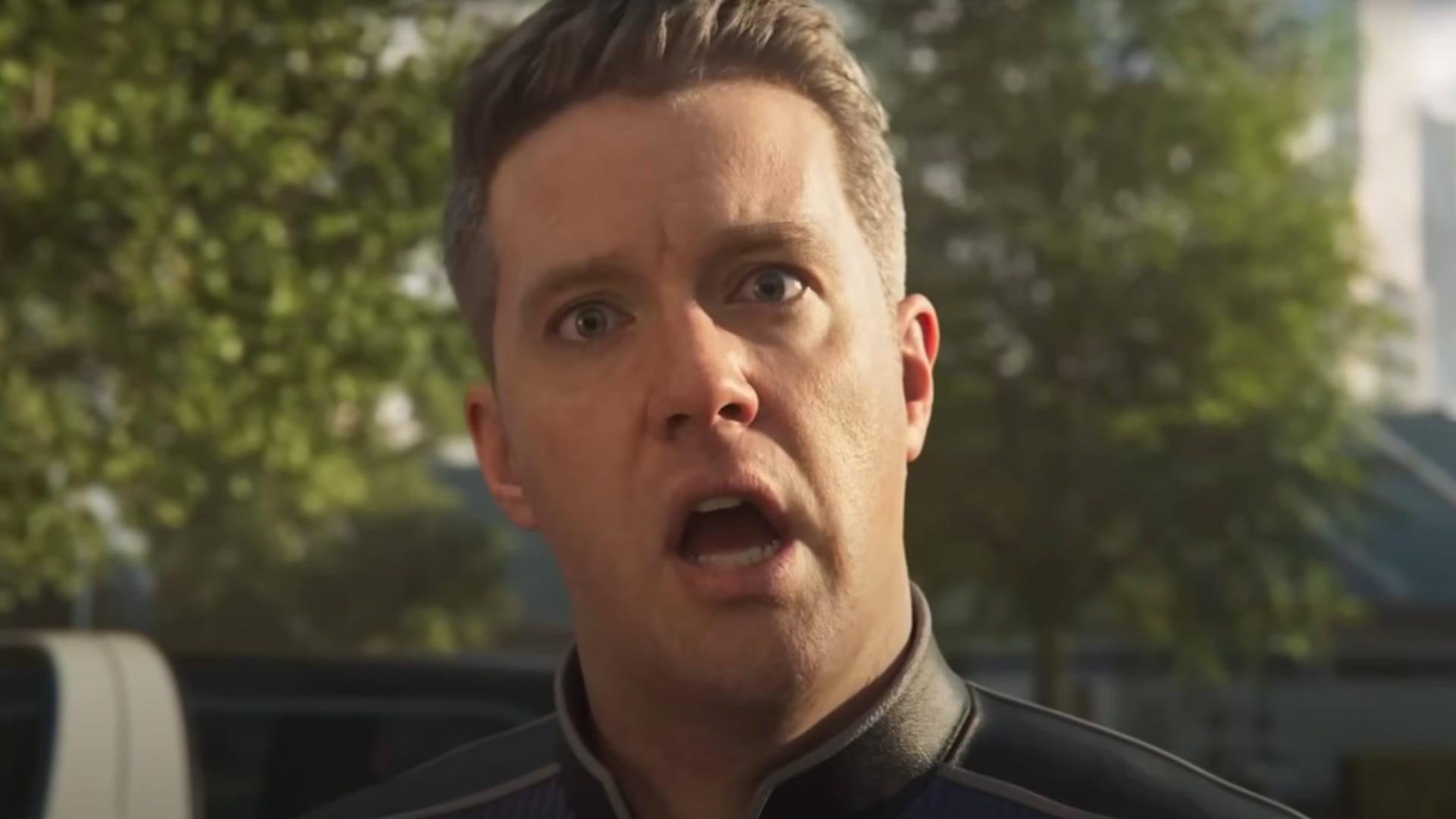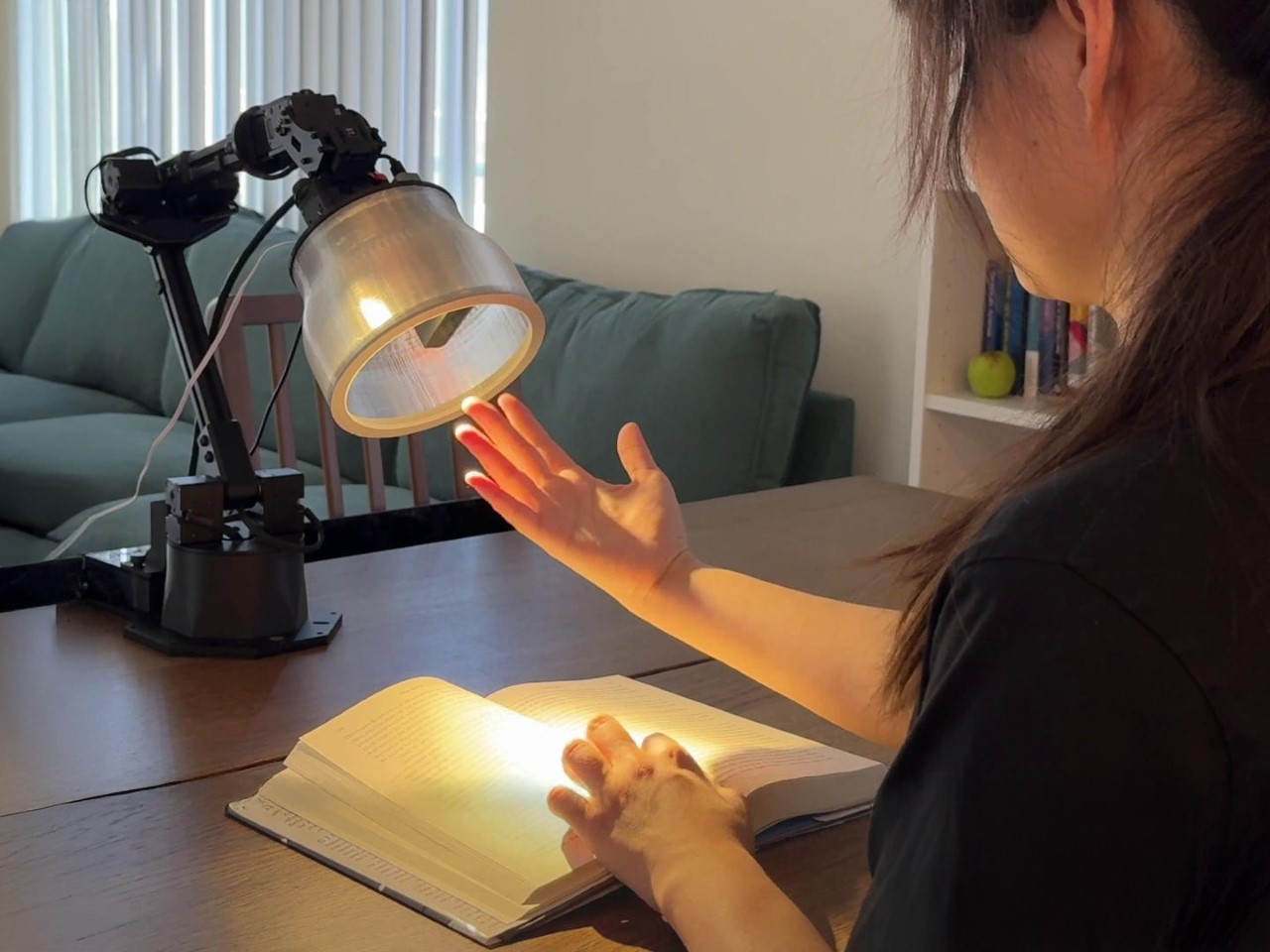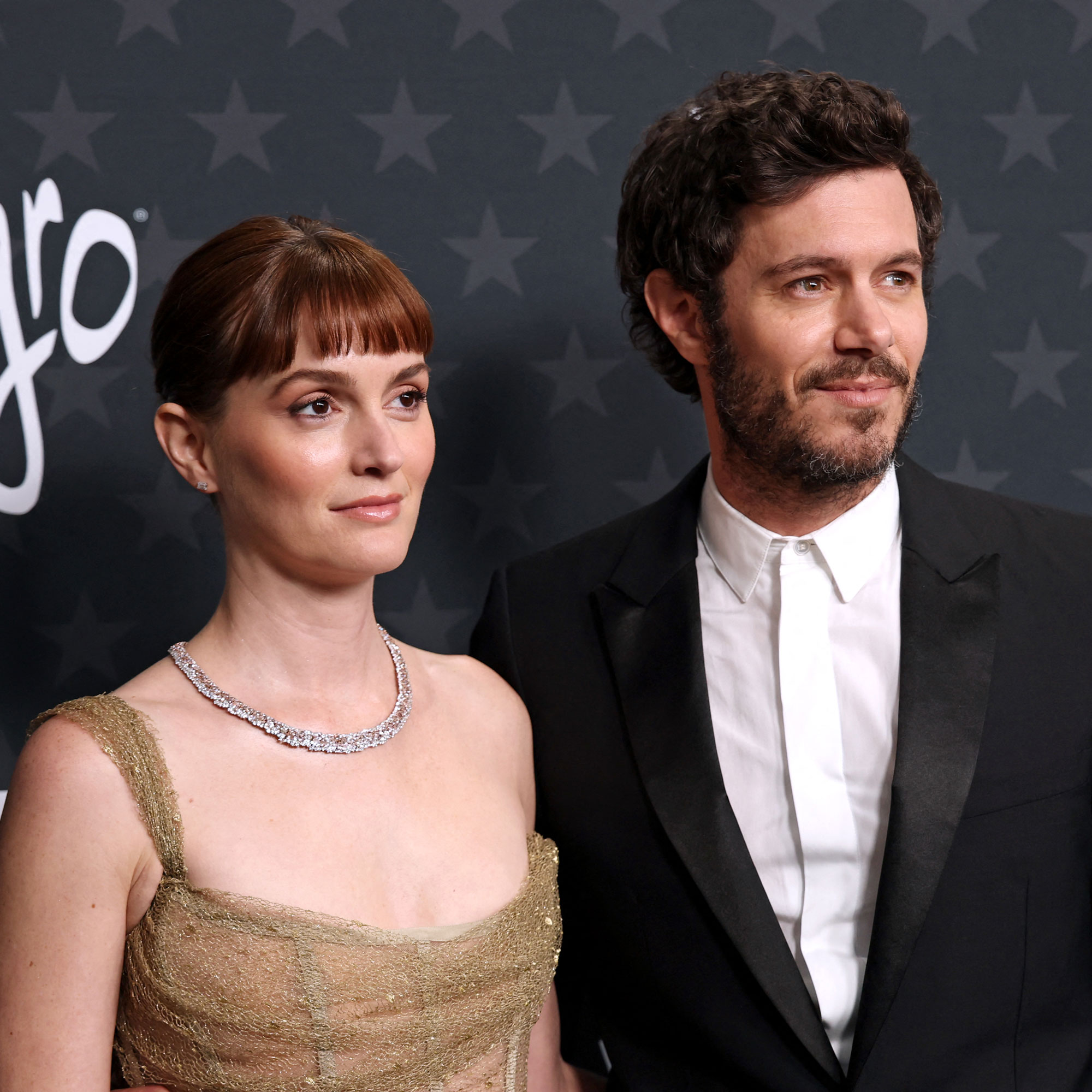10 Indie Films You Should Watch for in 2025
Conan O’Brien’s dramatic debut and a look back at To Catch a Predator rank among the standouts at this year’s Sundance Film Festival.

This year’s edition of the Sundance Film Festival was not quite the hype machine that the event has long functioned as—where distributors wage eight-figure bidding wars for the most acclaimed premieres, and at least one or two future-awards contenders start their run. Maybe that’s because of the multiple disruptions that have roiled the movie industry of late; studios have shifted away from lower-cost fare post pandemic, and the months-long Screen Actors Guild and Writers Guild of America strikes stalled production in 2023. Or maybe it’s because Sundance itself, which has operated out of Park City, Utah, in some form since 1981, is getting ready to move: The indie institution has outgrown the tiny ski town it takes over for a feverish period every late January.
Wherever Sundance ends up—the three finalists for its expected 2027 relocation are Salt Lake City, Boulder, and Cincinnati—the festival will probably have to contend with ongoing turmoil in the independent-cinema world. Small-budget movies have a seemingly tougher and tougher time finding big-screen audiences, but last year’s event did produce some art-house hits, such as the Oscar-nominated A Real Pain and A Different Man, and the fan-favorite Thelma. More than a few other gems screened among 2025’s crop; below are the 10 films that particularly resonated with us.
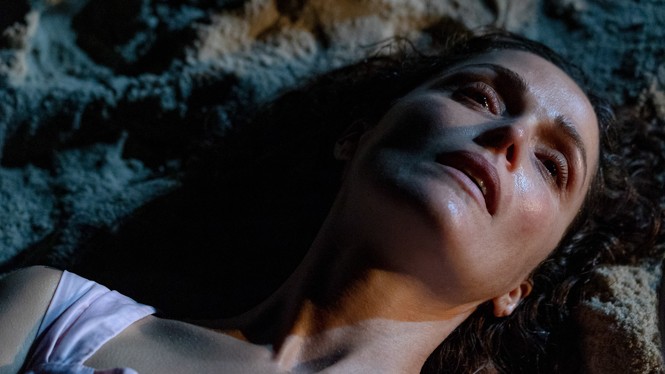
If I Had Legs, I’d Kick You (A24, release date TBD)
This story about parenting is told with the crushing intensity of Uncut Gems (heck, a Safdie brother is one of the producers). It’s also the writer-director Mary Bronstein’s first feature in 17 years—and an unsettling marvel, powered by an arresting lead performance and a jangly, unsparing air of dread. Rose Byrne stars as Linda, whose husband is away for months on a work trip. Her daughter, whose face is never seen, is plagued by an unspecified health condition that requires her to use a feeding tube. Shot largely in close-up, the film builds a sense of calamity through a series of small crises as Linda struggles with the responsibility of motherhood and the feeling that she’s fundamentally not cut out for it. Byrne is incredible, but the true revelation is Conan O’Brien as her tweedy, unsympathetic therapist; it’s a coup of casting that really underlines Bronstein’s sense of inventiveness. — David Sims

The Wedding Banquet (Bleecker Street, in theaters April 18)
This romantic dramedy, a remake of Ang Lee’s charming 1993 film, seems to have the potential to become totally absurd. It’s the story of Angela (Kelly Marie Tran), who takes ill-advised lengths to fund the IVF procedure she and her partner (Lily Gladstone) are trying for: She marries the women’s wealthy, gay housemate (Han Gi-Chan) for his money, while also procuring him a green card. It’s a complicated non-solution that becomes progressively more foolish, but the director Andrew Ahn (Fire Island) and his winsome cast—including Bowen Yang, Joan Chen, and Minari’s Yuh-jung Youn—keep the screwball twists grounded; the film’s lived-in vulnerability evokes the original’s earnest warmth. — Shirley Li
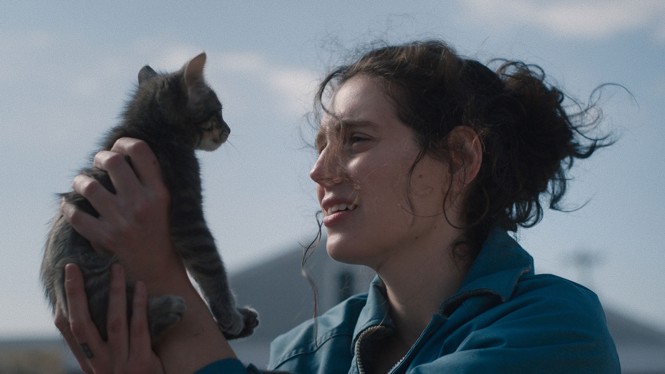
Sorry, Baby (A24, release date TBD)
The comedian and actress Eva Victor’s directorial debut won the festival’s screenwriting award and sparked one of the year’s few acquisition battles, eventually ending up with the indie powerhouse A24. It’s easy to see why the film got studios excited—Victor has a firm grasp on sparse, ironic dialogue, giving her movie a breeziness that belies its dark subject matter. She plays Agnes, a young academic who is wryly smart, if a little adrift. Her life is upended, however, when she is sexually assaulted by an older mentor. Sorry, Baby is about navigating the boring mundanity of trauma, and that’s where Victor’s blasé affect really works. The pain of what she’s working through is clear, as is her lingering feeling of powerlessness in the face of institutional apathy. As a darkly funny mood piece, the movie works well. — D.S.
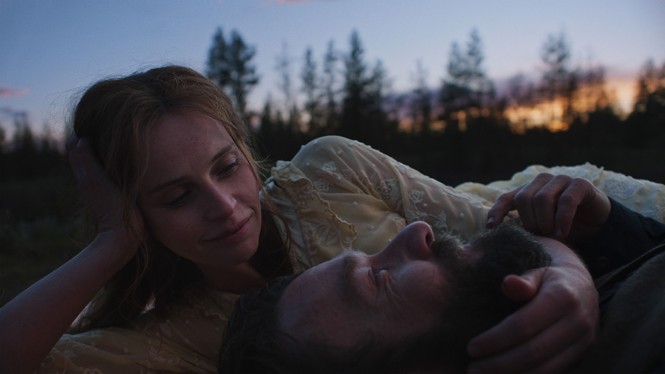
Train Dreams (streaming on Netflix, release date TBD)
The director Clint Bentley’s new film was a major surprise for me; his first feature, Jockey, left only a slight impression upon critics, and adapting the work of the novelist Denis Johnson has long been a tricky cinematic task. (The acclaimed filmmaker Claire Denis’s Stars at Noon is a recent, highly flawed example.) But Train Dreams is a minor-key triumph, a lyrical and quiet life saga that’s photographed with the sweep of a great American epic. Joel Edgerton does career-best work as Robert Grainer, a laborer working on railroads around the country during the early 20th century; he experiences love, joy, and tragedy while witnessing all kinds of political upheaval. Bentley handles this narrative heft with grace; my hope is that Netflix, which bought the movie, will allow such a striking work to hit big screens. — D.S.
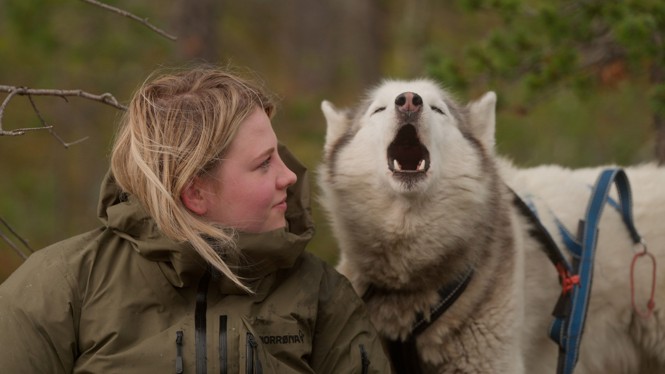
Folktales
The documentarians Heidi Ewing and Rachel Grady specialize in stories of communities that exist on the margins or within some extreme circumstance. The Boys of Baraka looked at a rural Kenyan boarding school; One of Us examined Brooklyn’s Hasidic community; and the Oscar-nominated Jesus Camp eventually led to the closure of the charismatic summer camp it dug into. Folktales picks a much more whimsical educational program to look at: a nine-month “gap year” in northern Norway during which kids learn about outdoor survival skills, how to mush with a bunch of huskies, and other aspects of life in the frozen wilderness. The teens, drawn from a worldwide pool of applicants, are a charming, awkward bunch, and the landscapes they’re tossed into are gorgeous and dramatic. But Ewing and Grady’s fascination lies largely with the relatable ways young people socially and emotionally develop, even in an unusual setting. — D.S.
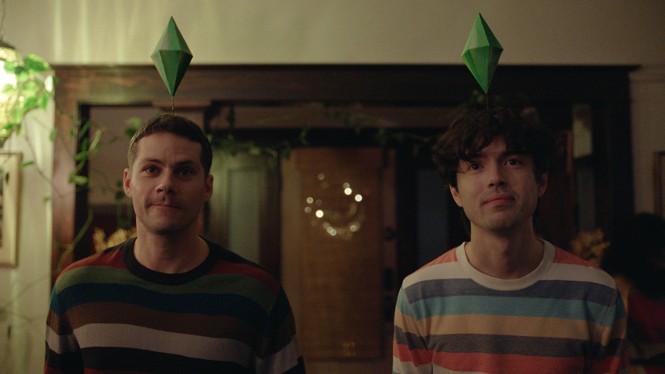
Twinless
Two men grieving the loss of their respective identical siblings meet in an emotional-support group and, to cope with their suffering, build a worryingly codependent relationship. Despite the heavy premise, Twinless is actually a comedy—a wry, mordant, and stylish one that’s constantly walking a tonal tightrope between harrowing melodrama and pure farce. The airheaded Roman (Dylan O’Brien) and the canny Dennis (James Sweeney, also the film’s writer-director) seem to be opposites at first. But as their friendship blossoms and becomes complicated by Dennis’s attraction to Roman, the story transforms, too, revealing one twist after another, each more somber yet strangely delightful than the previous. O’Brien is excellent, and though Sweeney never reaches the heights of his co-star’s performance, the two share a highly appealing chemistry. They’re just lonely men trying to fill voids they don’t understand. — S.L.
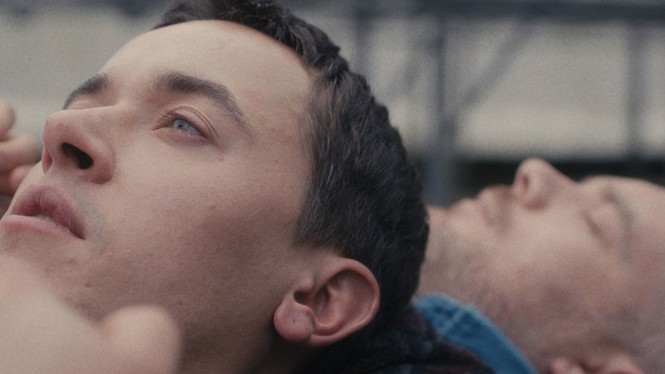
Plainclothes
This nervy psychological thriller about a closeted undercover cop can be hard to watch. The first feature from the filmmaker Carmen Emmi, Plainclothes follows Lucas (a fine-tuned Tom Blyth), whose perspective is often rendered through jarring, lo-fi VHS footage; it’s as if the character is viewing everything through a surveillance camera. Yet the director’s choices effectively portray his protagonist’s paranoia: For Lucas, who’s tasked with baiting gay men into exposing themselves, each encounter with a target conjures thrill and terror in equal measure; his shame soon causes him to become unmoored. His past and present collide in his mind—and when he falls for a mark, Andrew (Russell Tovey), the film’s experimentation becomes more aggressive, capturing Lucas’s struggle to grasp who he is amid his clandestine endeavors. Plainclothes pulses with tension, but it’s also an exhilarating and sharp portrait of a person attempting to separate perception from the truth. — S.L.
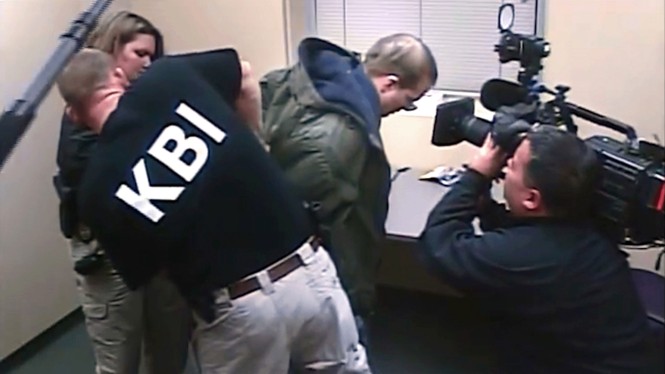
Predators
To Catch a Predator, the wildly successful spin-off of NBC’s news program Dateline, made for addictive television in the 2000s. Each episode chronicled a high-stakes sting: A watchdog group would lure an alleged pedophile into meeting someone they thought to be a minor, only for the show’s host, Chris Hansen, to confront them instead; the conversation would typically end in an arrest. But in spite of the series’s good intentions, did it ever help its audience better comprehend an offender’s motives—or did humiliating them serve mostly as entertainment? That’s the question the documentarian David Osit, himself a survivor of child abuse, attempts to answer in this riveting assessment of the show’s legacy. Predators acknowledges the show’s strengths, but queries the merits of a program that blurred the line between law enforcement and vigilante justice—as well as public service and “reality” TV. — S.L.
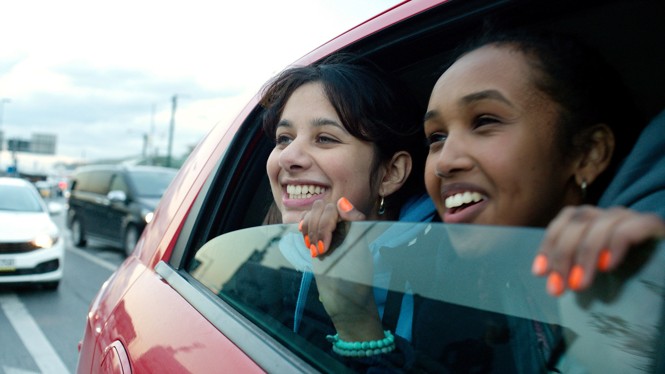
Brides
Teenage best-friendships can be vital. The bond between Doe and Muna (played by Ebada Hassan and Safiyya Ingar, respectively) is forged in part because they’re outcasts—two of the only Muslim students at their East London school. It has also become a life raft, motivating them to take an extreme measure they’d never consider alone: running away from home and heading for Syria, where they intend to join the Islamic State. The film is based on the real-life case of three British girls who secretly journeyed across borders to become child brides, but it’s more interested in its protagonists’ relationship than the shocking nature of their quest. The director Nadia Fall confidently examines how the quiet Doe and brassy Muna are just teens: naive and rebellious, headstrong and confused. Brides may be one of the darkest coming-of-age movies I’ve ever seen, but it resonates as a study of a life-changing friendship. — S.L.
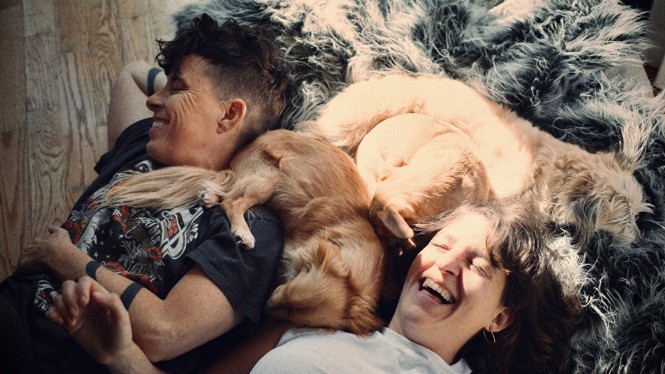
Come See Me in the Good Light
At one point in this crowd-pleasing documentary, the spoken-word poet Andrea Gibson jokes that all of their writing amounts to rearranging the same, simple words over and over again. “Why write a poem that’s over somebody’s head?” Gibson argues. “More than that, over somebody’s heart?” Come See Me in the Good Light, which focuses on the performer’s cancer battle, works similarly: The director, Ryan White, doesn’t deploy innovative storytelling techniques or say anything new about life and death. Instead, he spotlights the chemistry between Gibson and their partner, Megan Falley, through a year of doctor appointments, dinners with friends, midday editing sessions of each other’s work, and late-night conversations about their feelings and fears. White sprinkles in archival footage exploring the couple’s trajectory and Gibson’s career, but his subjects’ raw, often humorous testimonies—about mortality, sexuality, and gender identity—are most illuminating. — S.L.
